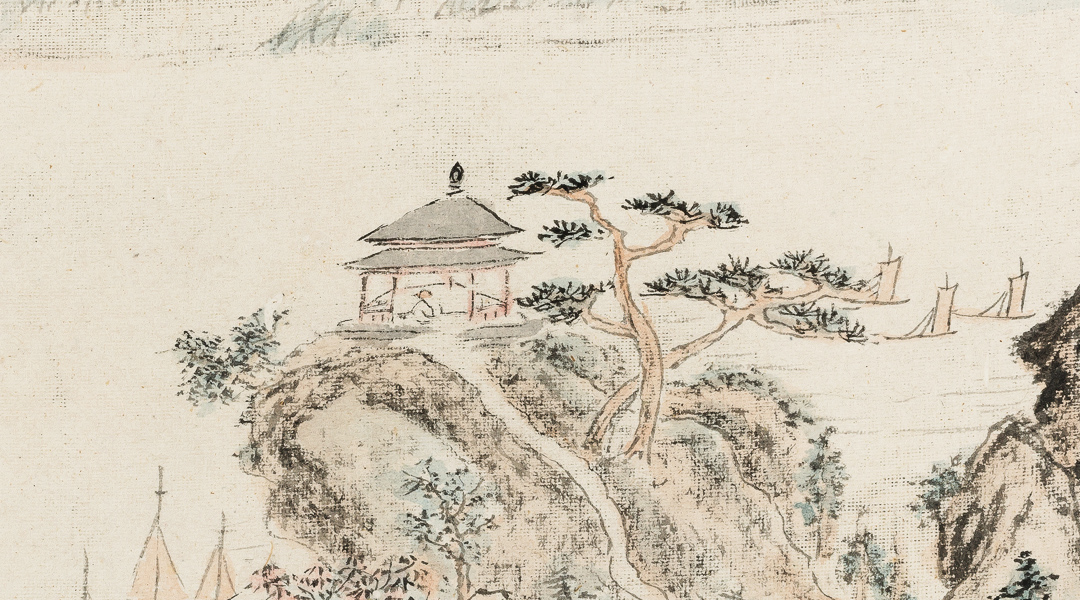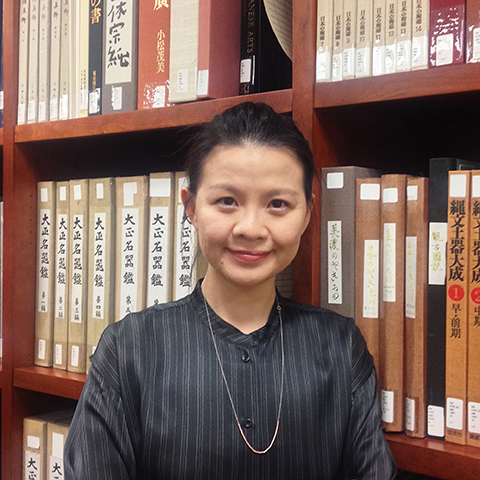
to top



Fellowship Project
Dr. Peng Ying-chen spent seven months (January – August 2019) at the Rijksmuseum in Amsterdam, the Netherlands where she studied the Asian ceramics collections of the museum and in the region, exploring the role European Asian art played in the formative era of American connoisseurship of Asian art.
Biography
Dr. Peng Ying-chen is Assistant Professor of Chinese art history at American University, Washington D.C. where she specializes in late imperial and modern Chinese material culture, with a focus on gender issues and the global exchange on craft art during the 19th and 20th centuries. She has published articles on the art patronage of Empress Dowager Cixi and curated an exhibition on Cixi’s art from the collection in the Summer Palace in Beijing.
Recent Development and Achievement
Dr. Peng is completing her research on the establishment of East Asian craft art collections in the 19th century U.S. She will also embark on two new research projects in the coming five years. One extends from the current project and turns to the role Jun-type ware played in modern studio pottery in the west. The second one will be on China’s last imperial kiln master Guo Baochang. This project will contextualize his contribution to porcelain making, his influence on the establishment of modern scholarship on Chinese ceramics, and the controversy of his involvement in the antique trade in the early twentieth century.
Selected Publication(s)